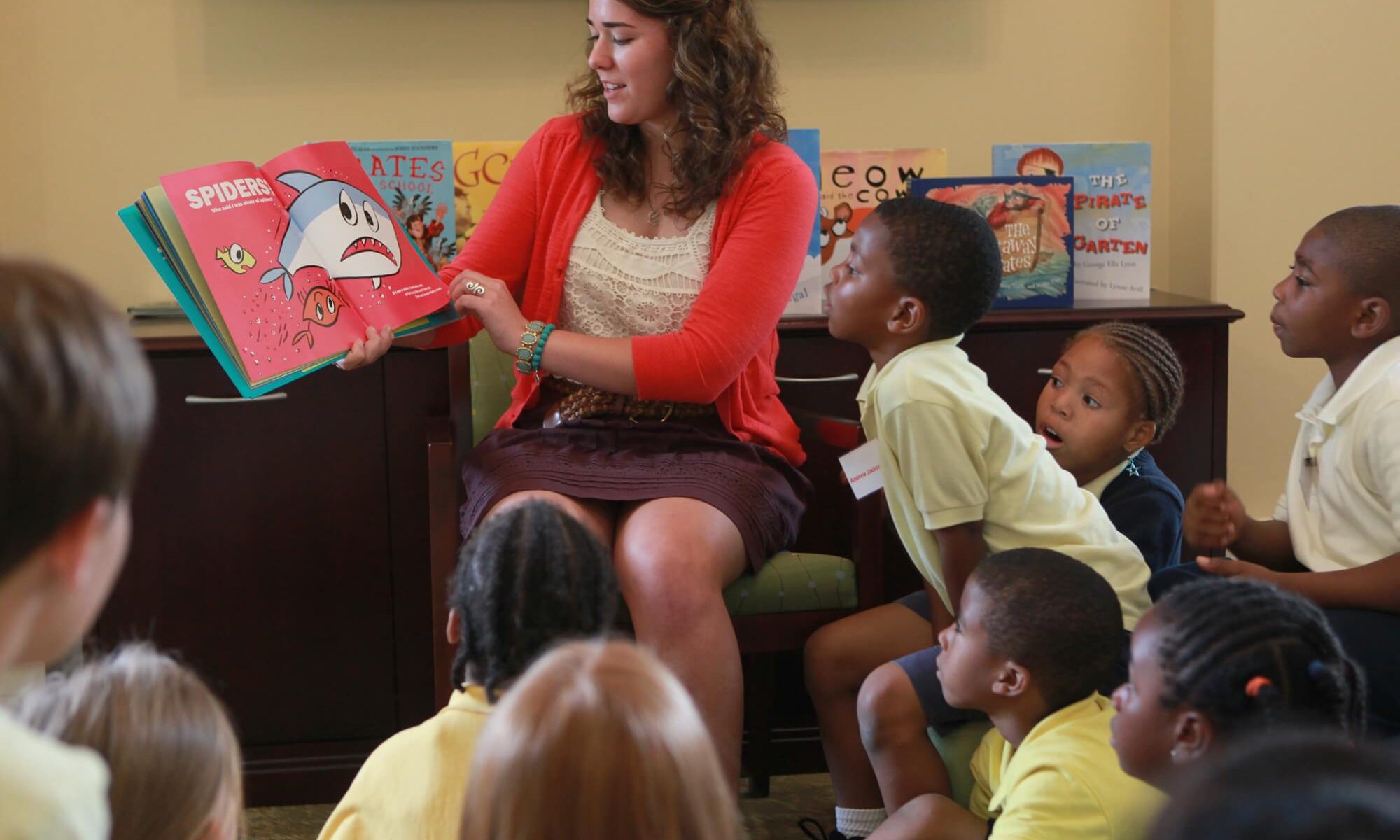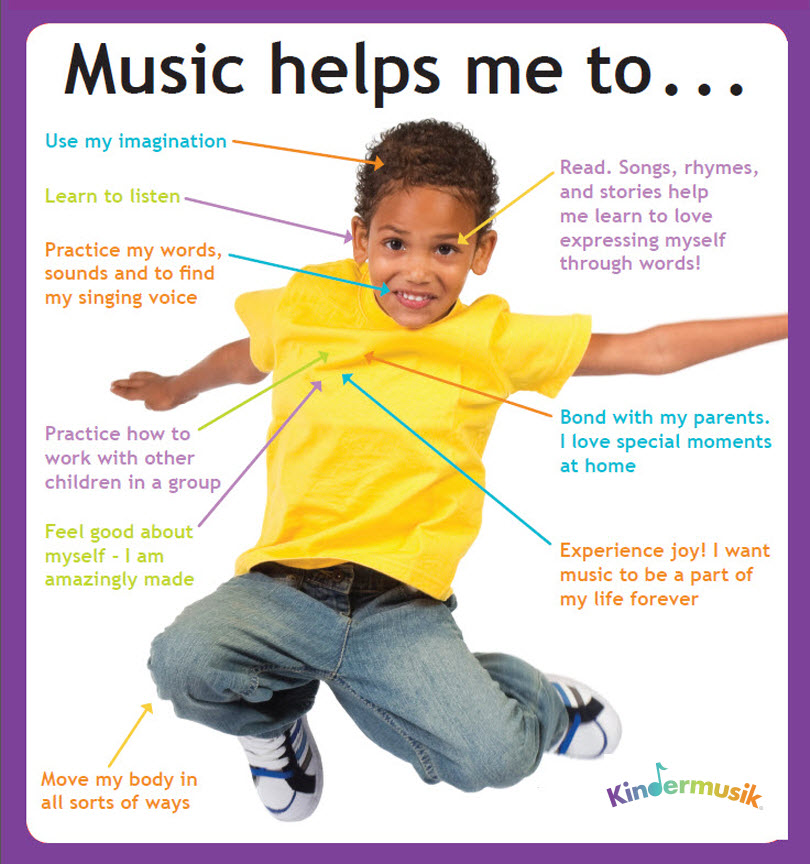[vc_row][vc_column][vc_column_text]It’s how we acquire any language – sound first – symbol second. We learn to speak before we learn to read. Music is the same way – we mimic what we hear before we can read it on the page. We learn by rote before we learn through understanding. Our last post talked about music’s positive impact on language learning. Well…music also has a positive impact on reading skill. Dr. Boyle explores the latest research on music and reading.[/vc_column_text][vc_separator][/vc_column][/vc_row][vc_row][vc_column][vc_column_text]Think about your musical experiences as a child. Whether you realized it or not, you learned new words through music. In my main profession as a choral conductor, I learn new words through music regularly; poetry drives what I do. I keep a dictionary right by my piano so I am able to look up words I don’t know as I come across them. I am grateful for this extra gift music gives me.
We have shared research many times that point toward music’s role in increasing cognitive skills in children. Cognition, the ability to form and process memory, learn new information, also includes understanding written information. Music is about patterns, particularly music to which young children are often exposed. Lots of repetition is found in this type of music, and regularly singing this music helps kids recognize patterns elsewhere.[/vc_column_text][/vc_column][/vc_row][vc_row][vc_column][vc_column_text]
Research on Music and Reading
Studies conducted at the University of Toronto and Johns Hopkins have supported the concept that participation in musical activities increases cognitive skill. Drs. Nina Kraus and Samira Anderson of Northwestern University produced a study that indicated the ability to keep a steady beat related to reading readiness. In the study, subjects were separated through assessment into two groups: those who could keep a study beat (synchronizers) and those who found it challenging (non-synchronizers).
“The synchronizers also had higher pre-reading skills (phonological
processing, auditory short-term memory, and rapid
naming) compared with non-synchronizers. Overall, the results
supported the idea that accurate temporal processing is
important for developing the foundational skills needed in order
to learn how to read.”
– Beat-Keeping Ability Relates to Reading Readiness/Kraus and Anderson
[/vc_column_text][/vc_column][/vc_row][vc_row][vc_column][vc_column_text]
What does this mean?
Developing musical skills early has a positive impact on reading ability. The reality is this: those non-synchronizers? It is completely possible to improve their rhythmic ability through regular musical activity. This then has a clear effect on cognitive skill and all that that encompasses.[/vc_column_text][/vc_column][/vc_row][vc_row][vc_column][vc_column_text]
When is the right time to start?
Now! Start now! Get those kids involved in musical activities – and Kindermusik is a perfect place to start. In a recent article, Dr. Robert A. Cutietta, Dean of the USC Thorton School of Music, lays it out plainly:
“There is a growing (and convincing) body of research that indicates a “window of opportunity” from birth to age nine for developing a musical sensibility within children. During this time, the mental structures and mechanisms associated with processing and understanding music are in the prime stages of development, making it of utmost importance to expose children in this age range to music.”
– PBS Parents/Robert A. Cutietta
[/vc_column_text][/vc_column][/vc_row][vc_row][vc_column][vc_column_text]From birth to age nine! Don’t wait. Get them involved as soon as you feel comfortable doing so and your son or daughter will reap a host of benefits from their involvement, setting the stage for a lifetime of musical appreciation. Not everyone will go on to be the principal violinist of the New York Phil, or sing at Lollapalooza, but the stronger the musical foundation a child has, the more enjoyment will be found in the vast world of music.[/vc_column_text][/vc_column][/vc_row][vc_row][vc_column][class_finder_form css=”.vc_custom_1469711353415{padding-top: 20px !important;padding-right: 20px !important;padding-bottom: 20px !important;padding-left: 20px !important;}”][/vc_column][/vc_row]





